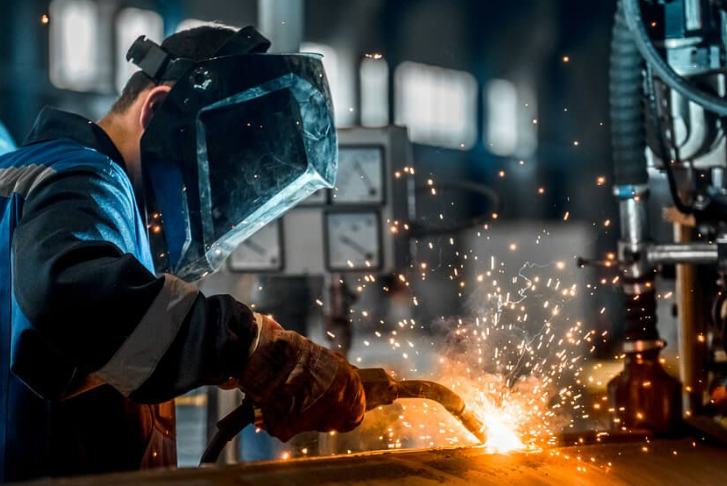Here Are Different Types of Welding Processes

Working with metals is both empowering and exciting. As the heat turns and sparks fly, welders can transform metals into the products and shapes they envision. This unique skill needs practice and work to acquire. It is best learned through the guidance and assistance of industry experts like Micro Weld. Inc.
Learning all the ropes takes time. This is why you need to familiarize yourself with the following welding processes to make the right decision for your projects:
- Laser Welding
You can use laser welding services on thermoplastics or metals. As its name suggests, laser welding encompasses using a laser beam as the source of heat to create welds.
You may use stainless steel, aluminum, titanium, HSLA steel, and carbon steel. It is often automated easily through robotics, making it a suitable process in the auto manufacturing industry.
- MIG Welding
This is among the easiest welding processes for every beginner to learn. Actually, MIG welding involves two major forms of welding. These include flux core and bare wire.
Flux core welding is used outdoors since it doesn’t need a gas supply or flow meter, while bare wire welding is often used to join together thin metal pieces.
In general, MIG welding is a welding process option for hobby welders and DIY enthusiasts without money to buy expensive machines.
- TIG Welding
This welding process is possible without filler materials. Non-consumable tungsten electrodes are often used to create arcs when contacting base metals.
A strong arc usually melts two different metals and connects them. You can use filler wires if necessary. Plus, you need a continuous supply of gas to protect your welding against environmental impurities.
- Plasma Arc Welding
This process is the same as TIG welding but often uses smaller arcs for more precision. In addition, it has a unique torch that reaches high temperatures, and gas is normally pressurized in the wand in order to create plasma. Then, this plasma gets ionized to make it conducive electronically, enabling the production of an arc that produces high temperatures, which melts base metals.
Similar to TIG, plasma arc welding may occur without filler metals. This type of welding process provides narrow and deep weld penetration, creating solid melts, which are more pleasing.
The process is used in aerospace, where metals are as thin as 0.015 inches. Plus, it is great in the auto manufacturing sector for welding thin electronic chips and steel tubes in exhaust systems.
- Diffusion Welding
This refers to a process where atoms of two different metal pieces combine under high temperature and pressure. This pressure begins the diffusion between the surfaces of various welding plates.
The method may also join dissimilar and similar metals and is mostly used in aerospace applications. It is less vulnerable to plastic distortion when compared to other welding processes, but it is more time-consuming, making it challenging for mass production.
The Bottom Line
Although there are many methods to weld out there, these five processes dominate the world. However, don’t hesitate to ask experts questions about different types of welding. You will be more equipped to make the right decisions if you are more familiar with each process.




























